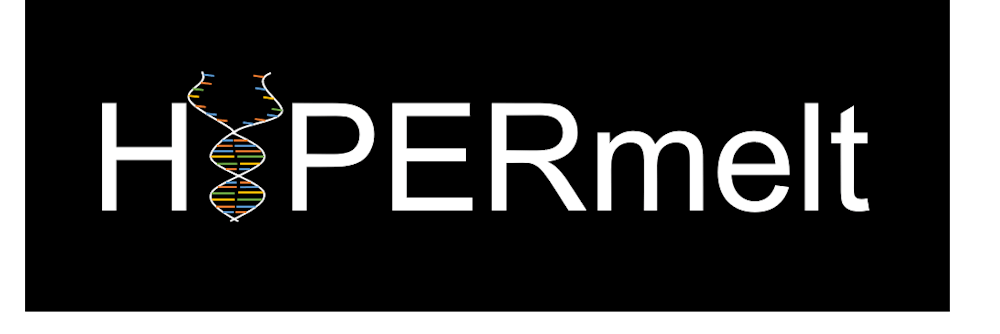HYPER-Melt, a biotech startup founded by postdoctoral researcher Chrissy O’Keefe, enables physicians to detect ovarian cancer in early stages, improving patients’ survival rates. The device works through detection of tumor-specific DNA methylation.
According to the American Cancer Society, ovarian cancer is the fifth most common cancer causing women’s death. About one in 78 women will get ovarian cancer in their lifetime. The American Cancer Society also estimates that in 2021, about 13,700 women will die from ovarian cancer.
The major challenge in combating ovarian cancer is there is no adequate screening test to detect ovarian cancer in women without symptoms, according to the Centers for Disease Control and Prevention. The commonly used Pap test screens for cervical cancer, not ovarian cancer.
Without a screening test to generate early warning signs, most women will not start to seek treatments until they are diagnosed with symptoms. Detecting ovarian cancer in early stages increases a patient's survival rate. Based on research conducted by Ovarian Cancer Research Alliance, detecting ovarian cancer in late stages decreases the survival rate to 17% compared to detecting it in early stages, which has a survival rate of 90%.
In response to the lack of early screening tests, O’Keefe and her team at the BioMEMS Lab, advised by Principal Investigator Jeff Wang, a professor of mechanical and biomedical engineering, have developed a technology named HYPER-Melt to detect methylation in ovarian cancer.
HYPER-Melt (high-density profiling and enumeration by melt) detects tumor-specific DNA methylation by collecting non-invasive tumor DNA samples using microfluidic digital platforms. These microfluidic digital platforms separate blood samples into smaller portions and through that, more efficiently analyze and identify DNA methylation. By detecting methylation changes, which cause further mutations in DNA, this technology enables physicians to detect ovarian cancer in early stages and improves patients’ survival rates.
The News-Letter had the opportunity to discuss the founding and motivation behind HYPER-Melt in an interview with O’Keefe.
“The main advantage [of this technology] is the ultrasensitivity. We are looking to detect very rare pieces of DNA in mostly healthy people in early stages of cancer,” O’Keefe said. “The key advantage to ours is the ability to get up to one in 2 million sensitivity for tumor-derived DNA.”
This technology is advantageous compared to other existing technologies because it can be used as a routine screening technique by using non-invasive samples and using ultra-rare early indicators.
During the early stage of technology development, O’Keefe and her team were mainly faced with technological hurdles and sample collection issues. They spent six years developing the prototype of this technology, figuring out the most efficient way to isolate samples and extract the most information from the samples.
Moreover, they spent a substantial amount of effort on collecting samples. The team collaborated with physicians from the Department of Pathology by collecting Pap specimens from ovarian cancer patients and healthy patients, and then the team analyzed the samples to look for early biomarkers.
Currently, the team is examining samples collected from patients in different stages of ovarian cancer to develop more biomarkers. The goal is to validate the technology by running sample tests from a broader population to avoid any biases. O’Keefe and her team have received most of their funds through FastForward U and research grants, but they are hoping to get more funds to support their sample-testing stage. The next step of this project is to completely validate the technology through sample testing, manufacture the device and obtain Food and Drug Administration (FDA) approval.
“Typically the sample-testing stage is going to take a year or two, at least from testing to submission for FDA approval,” O'Keefe said. “One of the biggest red flags from the previous testing is to see how many false positives are you going to see, so we will be making sure we won't come up with a test that has a lot of false positives.”
O’Keefe also commented on the ultimate goal of this technology and its wide application in detecting other types of cancers, such as colorectal cancer and lung cancer.
“The long-term goal of [the project] would be to have a platform of multiple different cancers that can be assessed with a sample, implemented in hospital settings or regional settings,” she said. “The ultimate goal will take a lot of time and work.”





